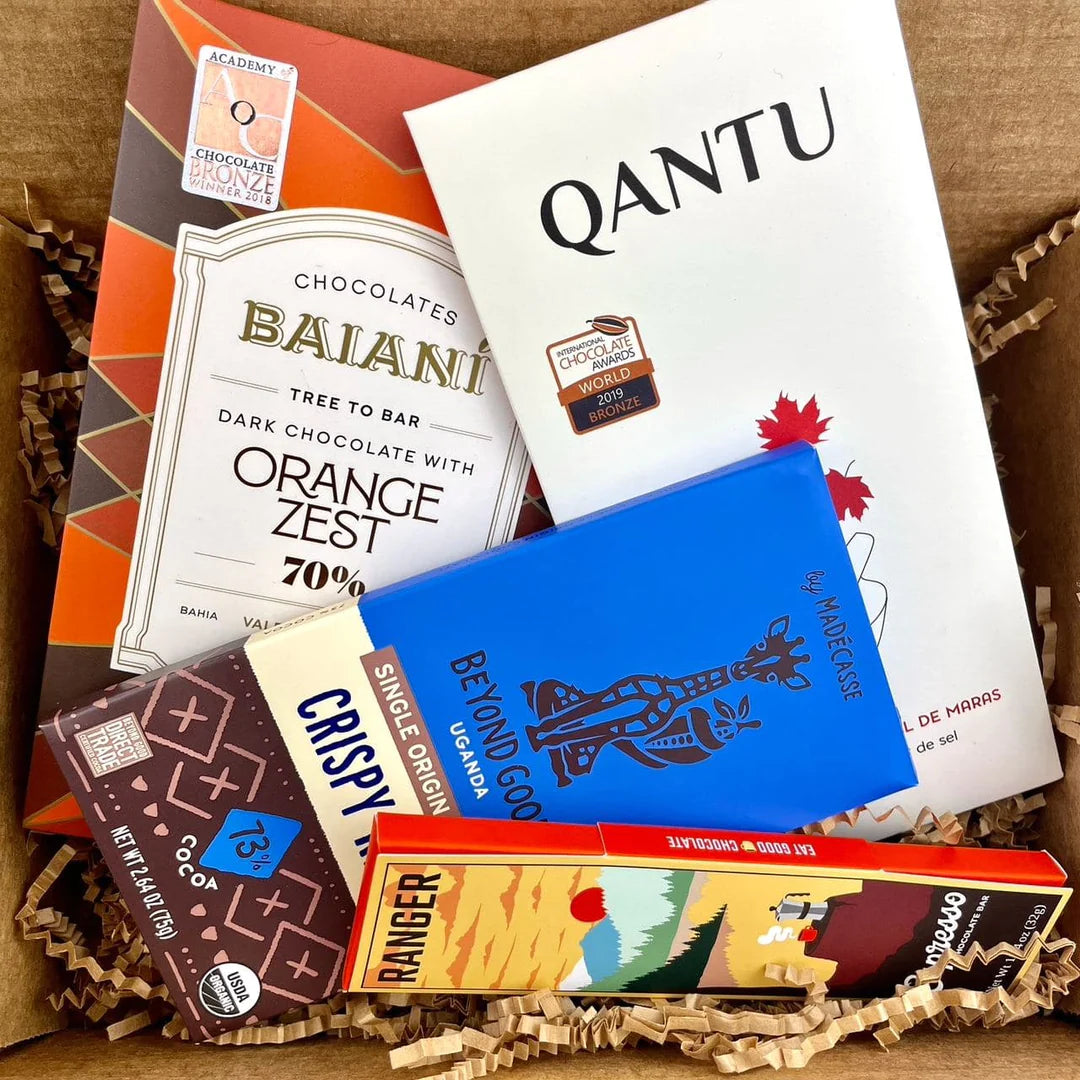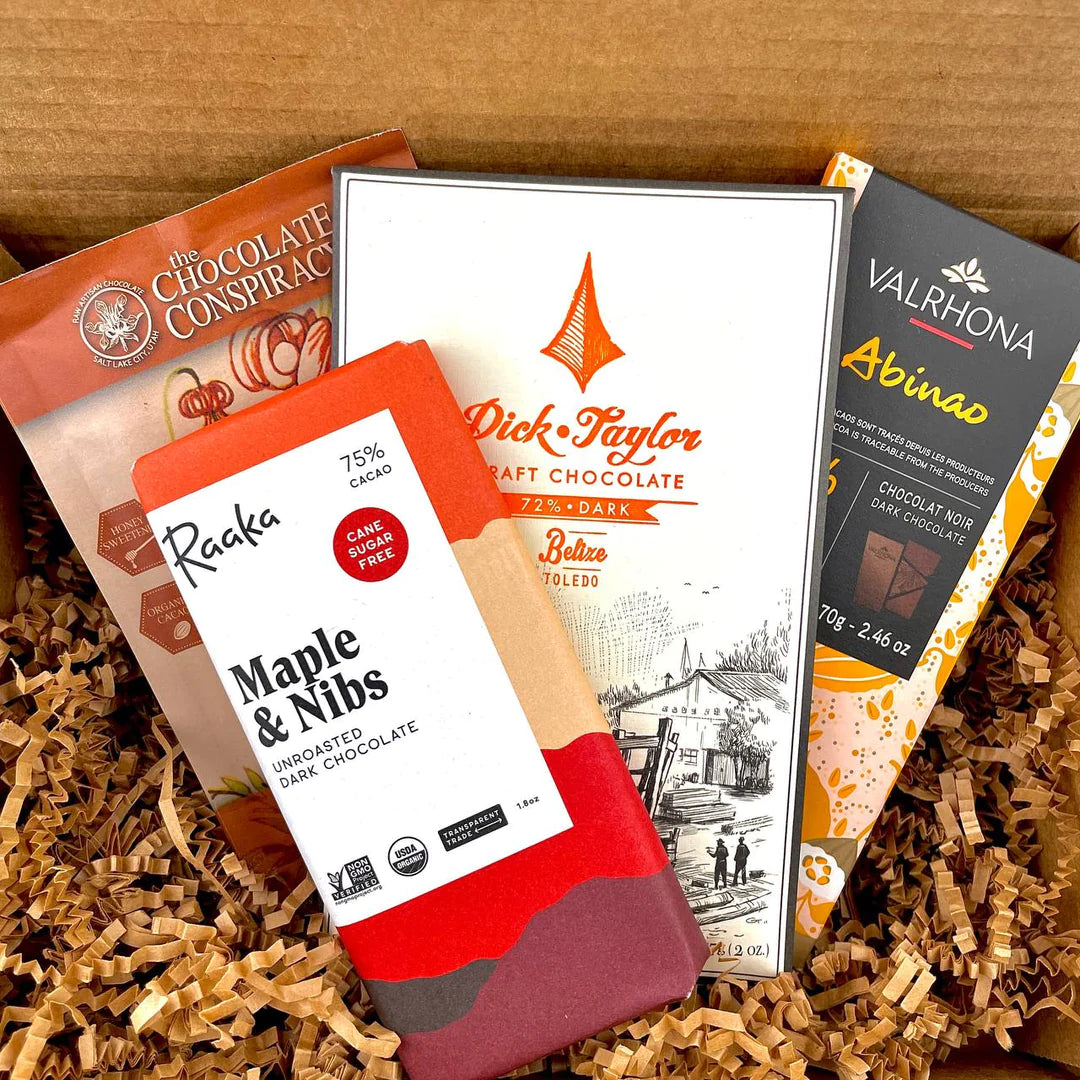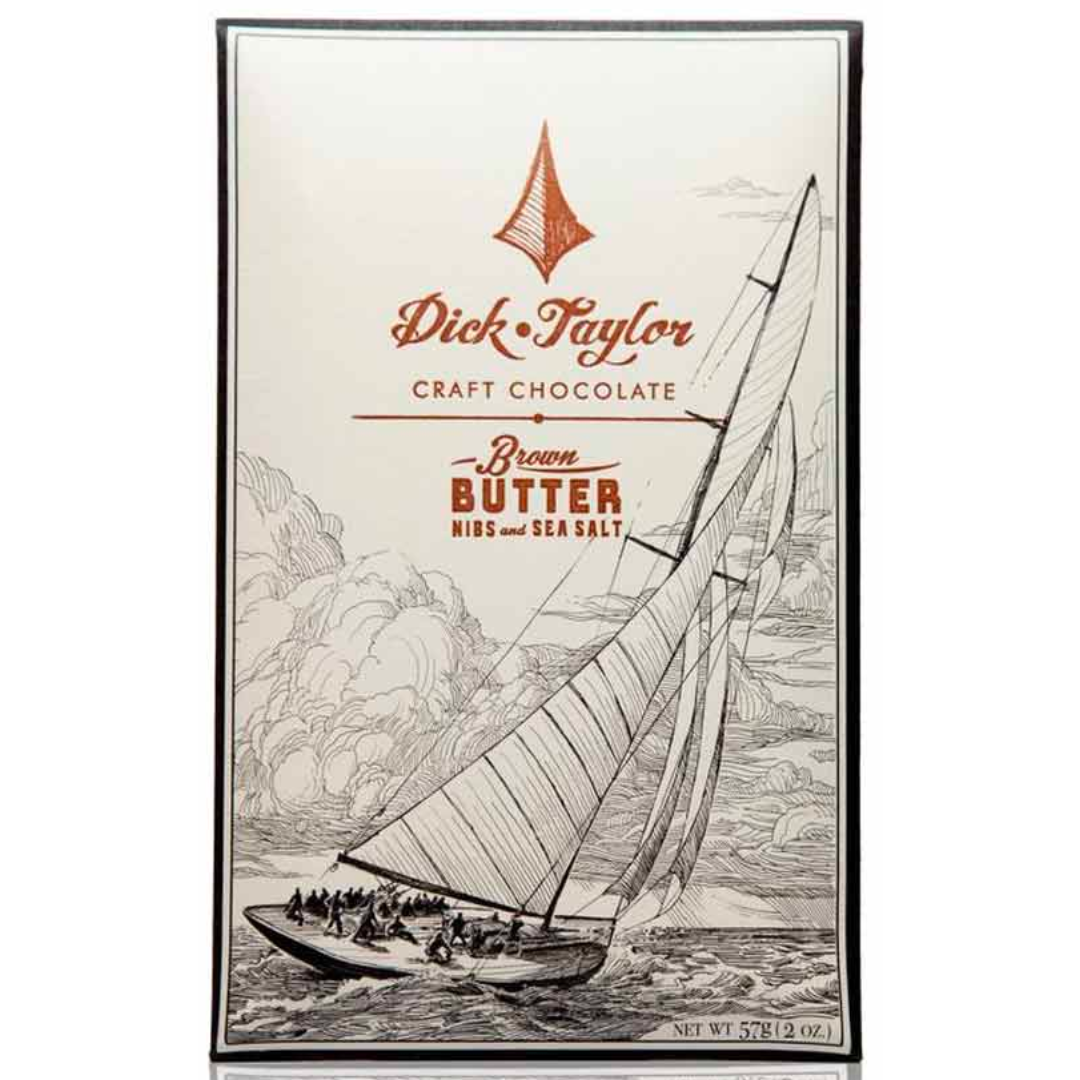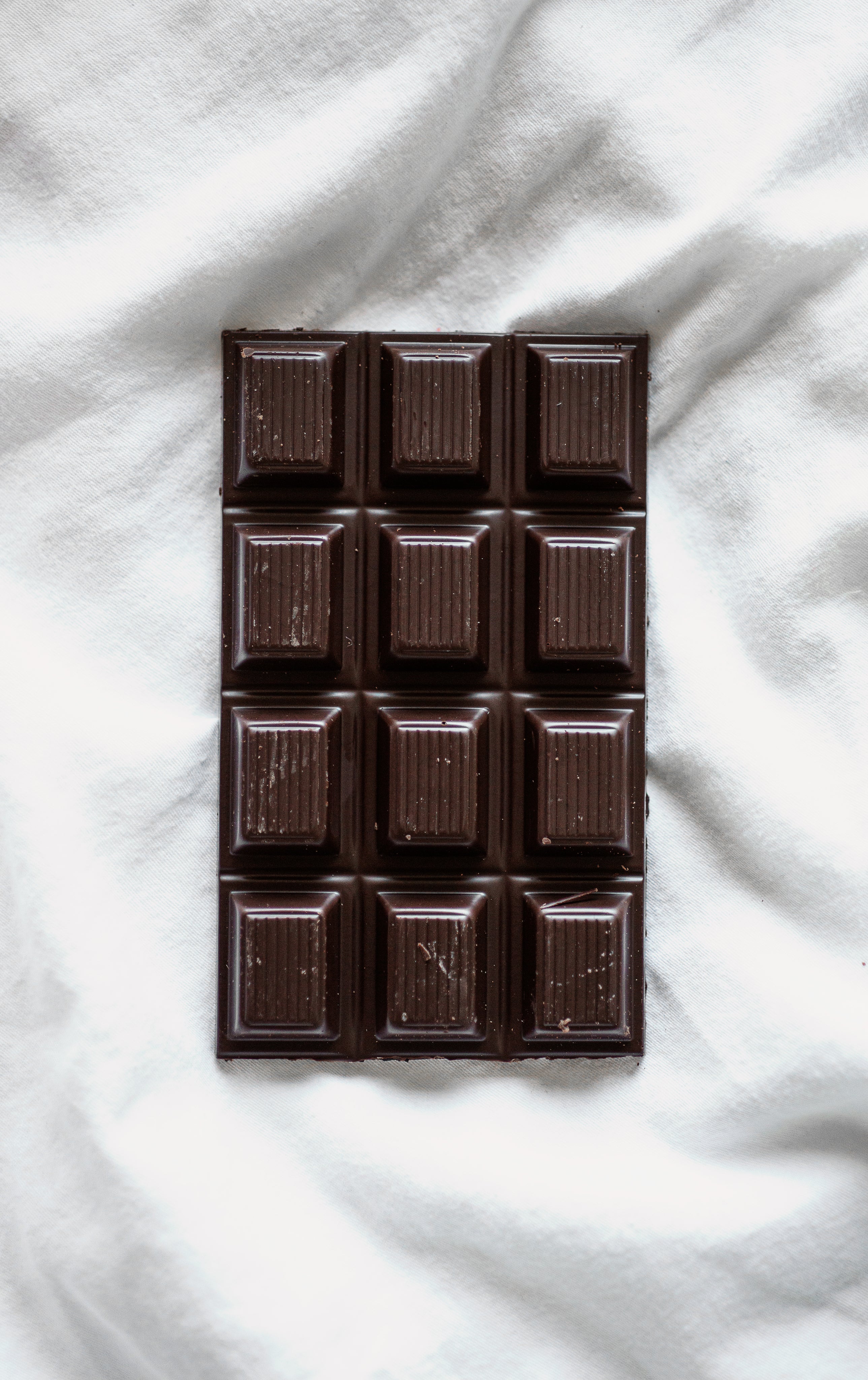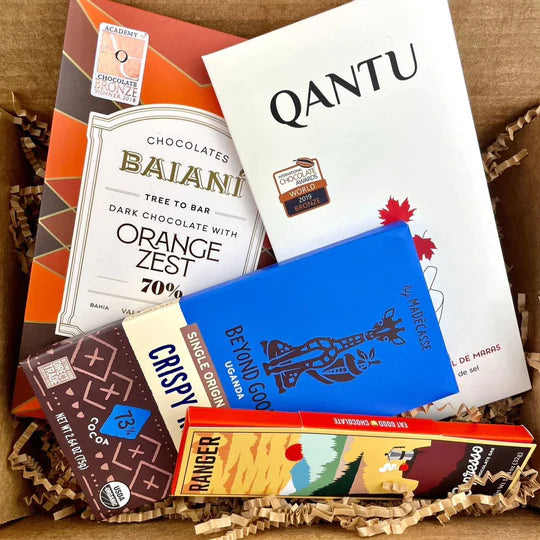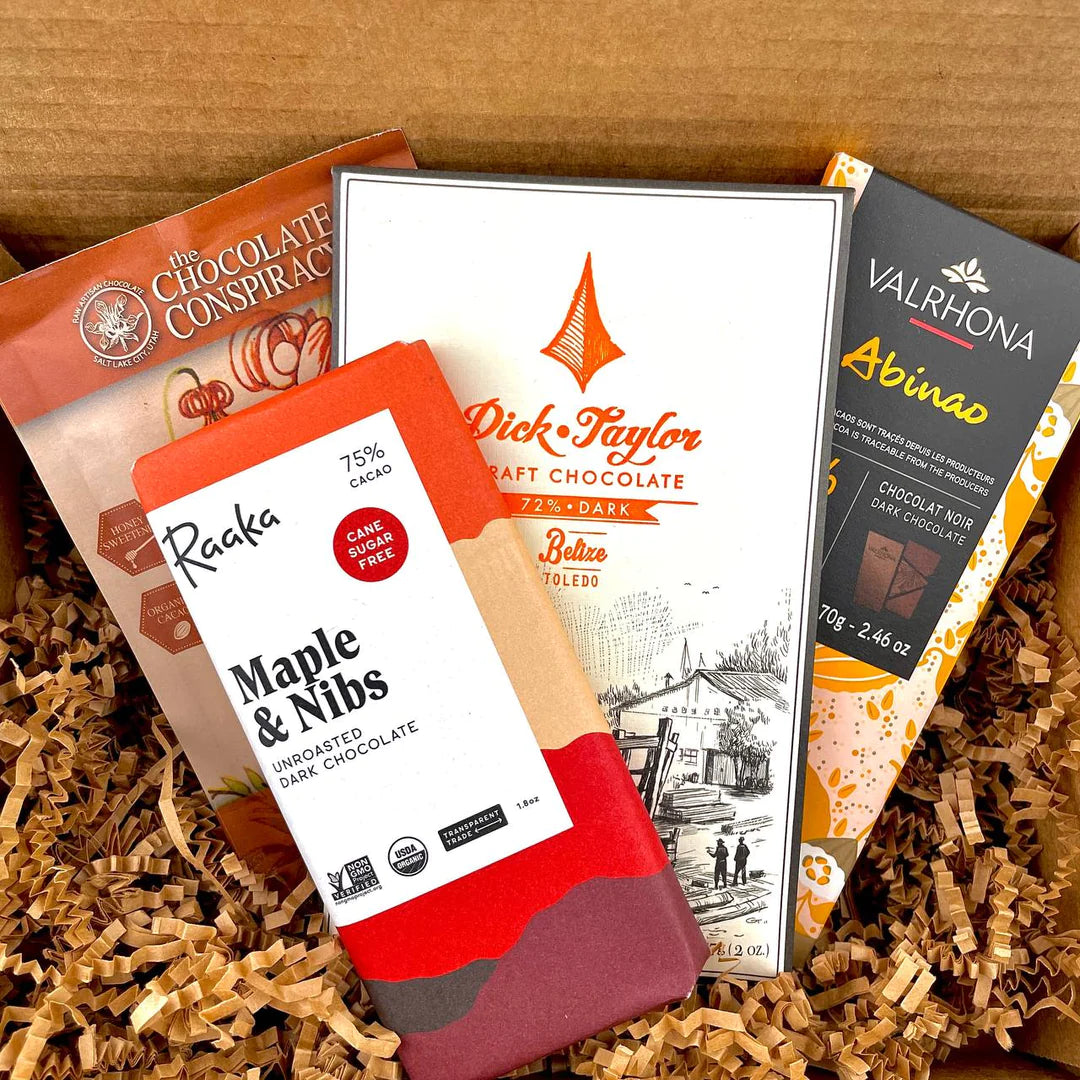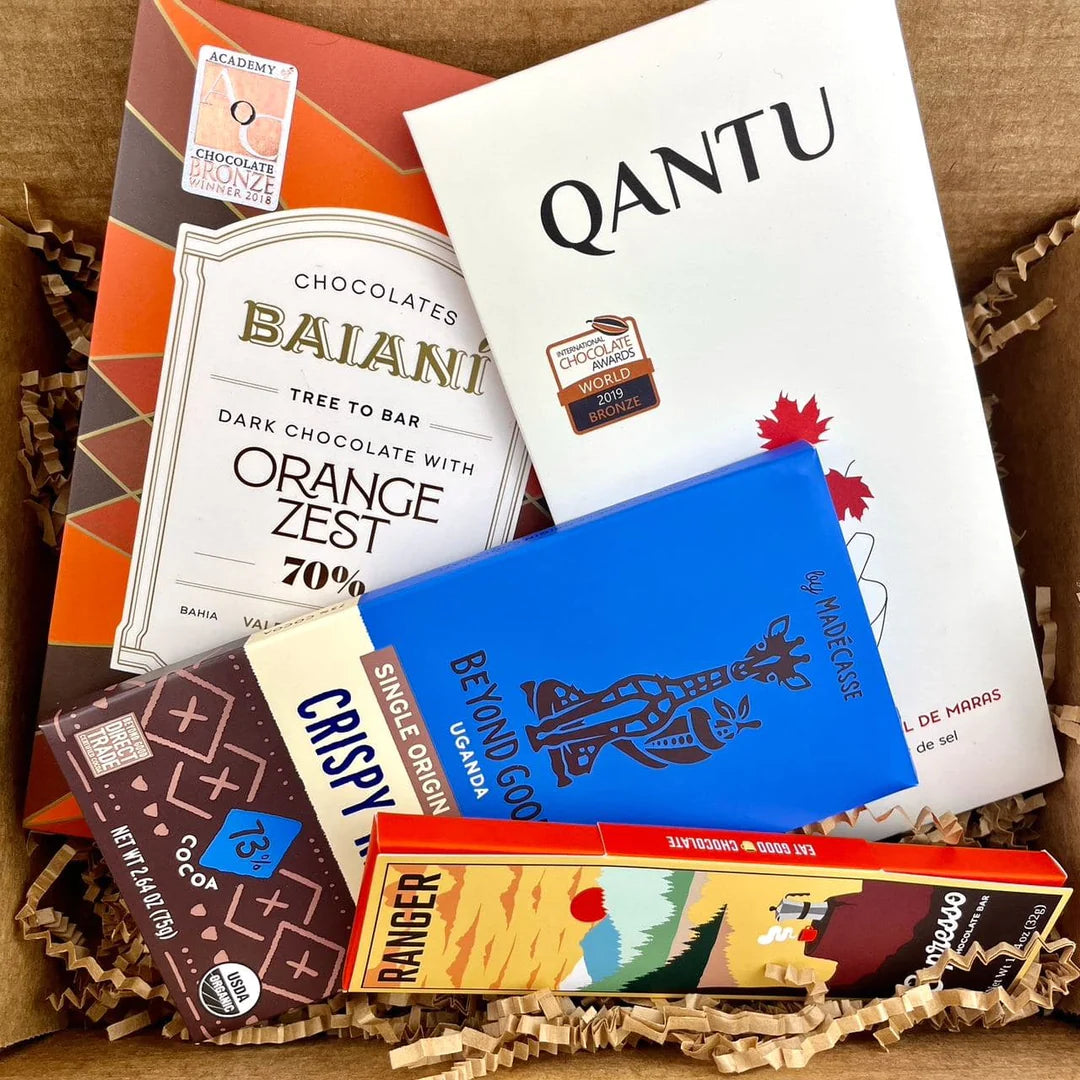Chocolate owes its existence to the humble cocoa bean. But where exactly do these cocoa beans originate? The answer paints a colorful picture of a globally distributed cultivation network with roots planted in diverse cultural and economic landscapes. Let's embark on a journey around the globe, following the cocoa bean's path from tree to treat.

Understanding Cocoa: Its Origins and Requirements
The Theobroma cacao tree, the botanical source of all cocoa beans, is indigenous to the tropical rainforests of Central and South America. Its name derives from the Greek for 'food of the gods.
The cultivation process of cocoa demands a meticulous balance of climatic conditions. Temperatures must consistently fall within 20-32 degrees Celsius (68-90 Fahrenheit), and the annual rainfall should be between 1,000 and 2,500 millimeters. Additionally, the soil for cocoa trees needs to be rich in nutrients and well-drained, conditions often met in areas with a history of volcanic activity, like Indonesia and Ecuador. This ideal climate for cocoa cultivation is found within 20 degrees of the equator and is known as the "cocoa belt".
Cocoa trees, preferring the comfort of shade, are usually found thriving beneath taller trees. This coexistence benefits all involved and contributes to the biodiversity of the region. It takes around three to five years for these trees to bear fruit within the large pods that house the prized cocoa beans. These pods are harvested by hand twice a year, an enduring, labor-intensive tradition.
The exciting journey of the cocoa bean, from being a mere seed to becoming the cornerstone of our favorite chocolate treats, is an adventure worth exploring further. For those eager to delve deeper into this fascinating process, our comprehensive guide From Bean to Bar: A Comprehensive Guide to Cocoa Beans and Their Parent Tree provides intriguing insights into the lifecycle of cocoa and the many factors that contribute to its unique taste profile.

A List of All Cocoa Producers
Cocoa beans, come from a broad band of countries located around the equator. These nations, each with unique climates, cocoa varieties, and cultural practices. To better understand the global distribution of these cocoa-producing nations, let's break them down by continent and in alphabetical order:
| Africa | Asia | North America | South America | Central America & Caribbean | Oceania |
|
|
|
|
|
|

Top Producers of Cocoa Beans
When it comes to cocoa production, certain countries stand out as the major contributors to the global market. These nations have established themselves as the powerhouses of cocoa bean cultivation. Let's take a closer look at the top 10 largest cocoa producers, along with their production statistics for the year 2020/21:
Côte d’Ivoire: Leading the pack with 2,248,000 tonnes of cocoa produced. Côte d’Ivoire specializes in growing the Forastero variety of cocoa beans. Its favorable climate, abundant rainfall, and extensive cocoa plantations contribute to its position as the largest cocoa producer in the world. The country's cocoa sector plays a significant role in its economy, providing employment for millions of farmers.
Ghana: Following closely with a production of approximately 1,047,000 tonnes. Ghana is renowned for its high-quality cocoa. Most of its cocoa farms are smallholder-owned. Ghanaian cocoa beans, primarily of the Forastero variety, are known for their robust flavor profile, featuring deep chocolatey notes and hints of fruits and nuts.
Ecuador: With a production of around 365,000 tonnes. Ecuador is celebrated for its fine flavor cocoa, particularly the renowned Nacional variety. The country's cocoa farms benefit from unique geographical conditions, including volcanic soil and diverse microclimates. Ecuadorian cocoa beans exhibit complex flavor profiles, ranging from floral and fruity to earthy and even wine-like, making them highly sought after by chocolate connoisseurs.
Cameroon: Producing 292,000 tonnes of cocoa, Cameroon is known for its distinctive cocoa flavor. The majority of its cocoa production revolves around the Forastero variety. The country's cocoa farms, often managed by smallholder farmers, are located in forested regions. Cameroonian cocoa boasts a full-bodied taste with notes of red fruit and spice, adding depth to chocolate creations.
Nigeria: With a production of 290,000 tonnes, Nigeria is a significant cocoa producer, primarily focusing on the Forastero variety. Nigerian cocoa is recognized for its unique flavor, characterized as mellow with hints of caramel and nuts. The country's cocoa sector faces challenges such as aging trees and pest management, but Nigerian farmers strive to maintain quality and sustainability in their cultivation practices.
Brazil: Brazil emerges as a notable cocoa producer, contributing approximately 200,000 tonnes. The country predominantly grows the Forastero variety of cocoa beans. Brazil has been making efforts to revitalize its cocoa industry, employing sustainable farming practices and emphasizing quality. Brazilian cocoa offers a diverse range of flavor profiles, from nutty and earthy to fruity and floral, reflecting the country's vast geographic and climatic variations.
Indonesia: Indonesia enters the top producers list with a production of around 170,000 tonnes, primarily focusing on the Forastero variety. Sulawesi, one of the main cocoa-growing regions, is known for its cocoa plantations. Indonesian cocoa beans have a lighter color and subtle acidity, offering flavor profiles that encompass chocolatey notes with hints of spice, citrus, and even floral undertones.
Papua New Guinea: Papua New Guinea showcases its cocoa, producing approximately 42,000 tonnes. The country is known for its unique Trinitario cocoa beans, which are a hybrid variety combining the fine flavor characteristics of Criollo and the robustness of Forastero. Papua New Guinean cocoa offers a complex flavor profile, often featuring fruity, nutty, and occasionally floral notes, delighting chocolate enthusiasts with its distinct character.
Each of these top cocoa-producing countries contributes significantly to the global cocoa market, with their unique cocoa flavors.

Can the USA Grow Cocoa?
The question of whether the United States can grow cocoa is an interesting one. The climate and geographical conditions required for successful cocoa cultivation are typically found in tropical regions near the equator. However, there are a few exceptions within the United States where cocoa production has been possible.
One such exception is Hawaii. With its unique microclimates and favorable growing conditions, Hawaii has emerged as the only state in the U.S. where commercial cocoa production takes place. The volcanic soil, ample rainfall, and consistent temperatures of the Hawaiian islands provide an environment suitable for cocoa cultivation. It's worth noting that the Hawaiian cocoa industry has gained recognition for producing high-quality cocoa beans, often with distinctive flavors that reflect the unique terroir of the islands.
In fact, we invite you to explore our blog post titled The Most Popular Chocolate From Hawaii, where we delve deeper into the fascinating world of Hawaiian cocoa production. Discover the captivating story of how cocoa found its way to the islands and the efforts made by local farmers to establish a thriving cocoa industry.

The global cocoa industry, spanning across continents, showcases the remarkable diversity and richness of cocoa cultivation. From the largest cocoa producers like Côte d’Ivoire and Ghana to emerging players like Ecuador each country contributes unique flavors and characteristics to the world of chocolate. While the United States primarily imports cocoa, Hawaii stands as an exception, producing high-quality cocoa beans with distinct flavors. The passion and expertise of cocoa farmers, combined with favorable growing conditions, shape the global cocoa market and provide chocolate enthusiasts with a wide range of exquisite taste experiences.

